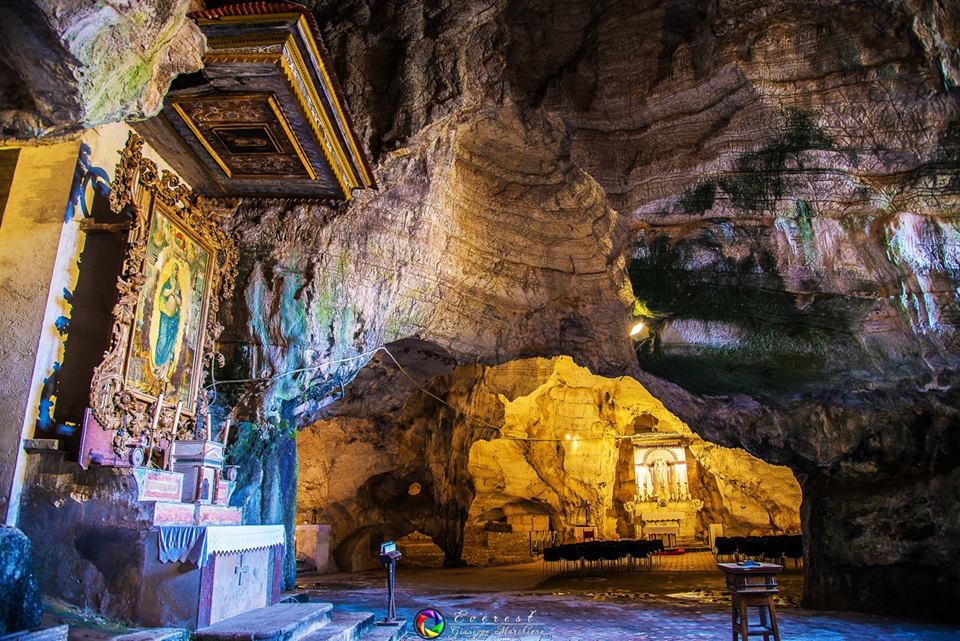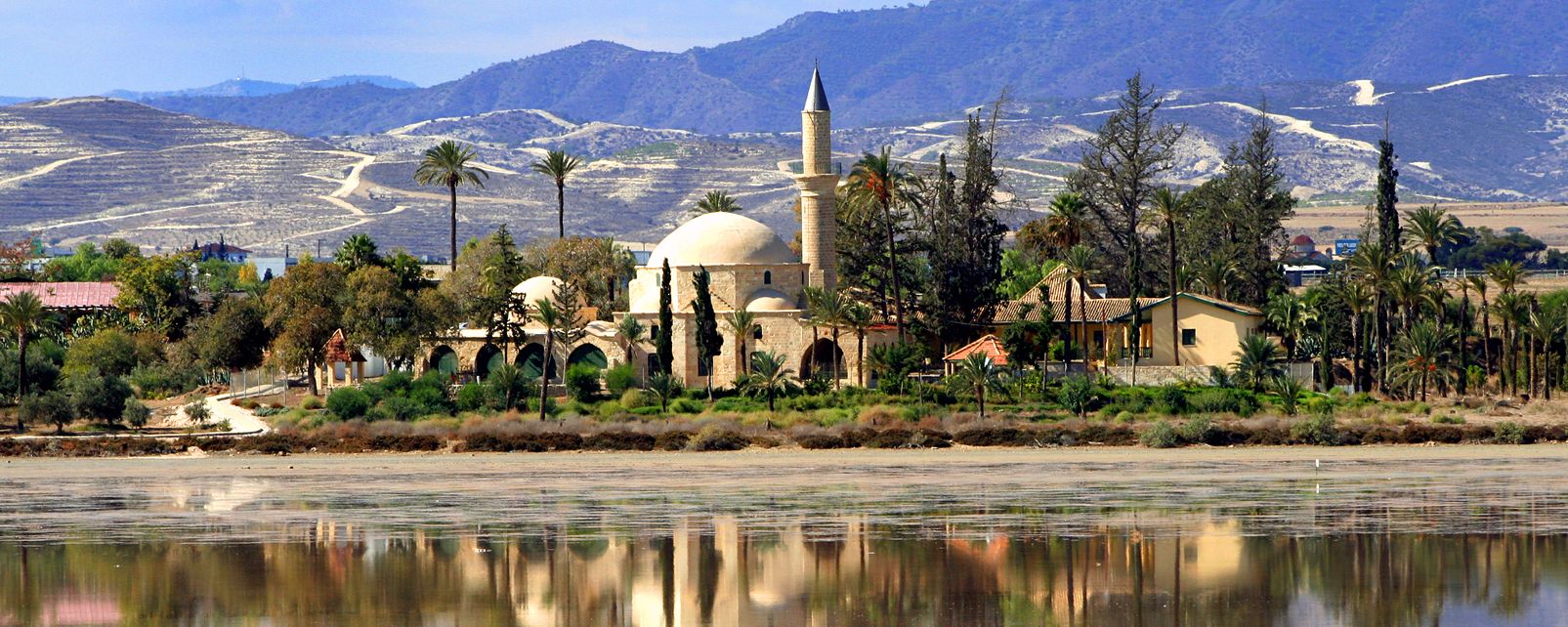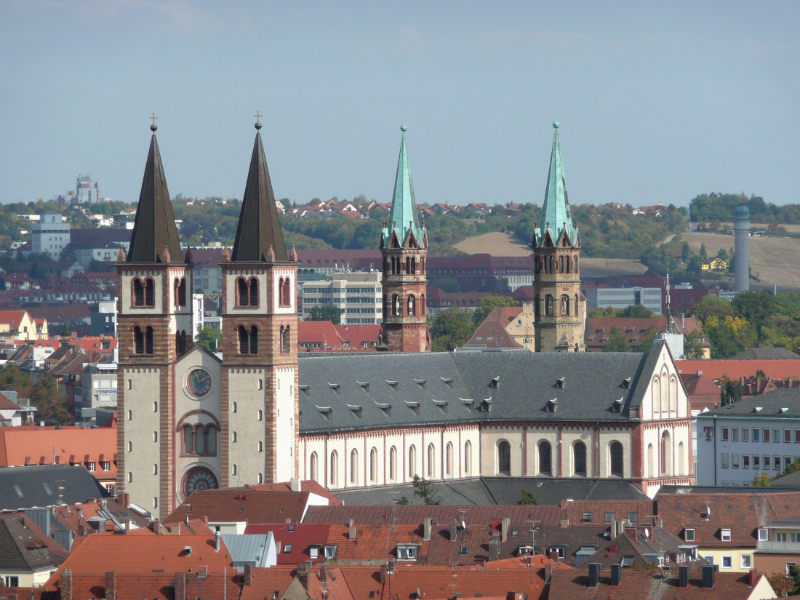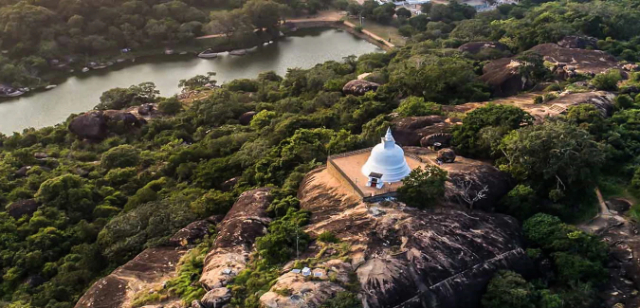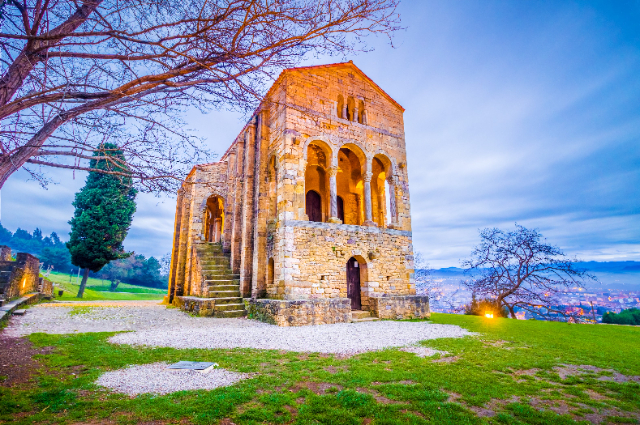The Cave of St. Michael the Archangel, UNESCO WORLD HERITAGE within the National Park of Cilento and Vallo di Diano, is located at the foot of a rocky wall not far from the town of Sant’Angelo a Fasanella (SA) and represents the symbol of Christian Religiousness of the Alburni Mountains. From historical-archaeological investigations carried out over the years, it is clear that the cave was already used in prehistoric times as a refuge. It is thought that later it became a religious site dedicated to the cult of water and it is easy to suppose that the presence of stalactites and stalagmites inside the cavern were venerated as real sacred icons, probably perceived as realized figures of the same divinities. Several millennia later, the cave became a Christian sanctuary consecrated to St. Michael. This was the fate of the majority of caves used for religious functions. They were generally dedicated to the cult of St. Michael because, according to tradition, this corresponded to the will of the saint, whose first apparition would have happened in a cave. The cult of St. Michael was widespread in Campania and in general in the south of Italy, due to the presence on the territory of the Lombards who came from northern Europe. These, after converting to Christianity, decided to elect St. Michael as their protector. The reason for this choice is perhaps due to the fact that St. Michael the Archangel, the leader of God’s militia who had fought against the hordes of Satan, was instinctively associated with Odin, the ancient Norse god protector of warriors. However, in the case of the cave of Sant’Angelo a Fasanella, there is a legend that traces its discovery back to Manfredo, Prince of Fasanella, who saw his hunting falcon enter a crack in the rock, from which came an enchanting melody. And so, returning in search of the falcon with a retinue of servants, the prince discovered the cave. Inside he found an altar, behind which there was a wall on which he recognized the imprint of the wings of the Archangel Michael. It is said that from that moment onwards the cave was dedicated to the saint and became a place of worship and veneration. The silhouettes of the wings painted on the rock are indeed still visible in the sanctuary but they are certainly not the only treasure in the Sanctuary. A valuable fifteenth-century portal, almost certainly made by Francesco Sicignano, a well-known Cilento sculptor of the time, is the entrance to the Sanctuary. The portal has decorated capitals and the sculpted figures of a lion and a lioness in neo-Romanesque style. Once inside, on the right you can see a well covered with Neapolitan ceramics of the seventeenth century and in front of it the coat of arms of the Caracciolo family carved on stone. The glance inside is very suggestive. The Sanctuary looks like a work of art created jointly by the
